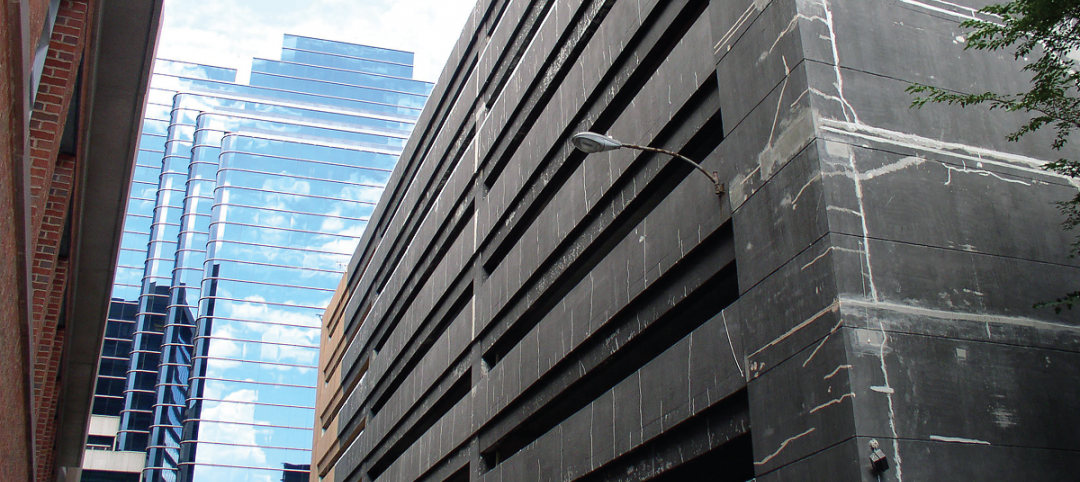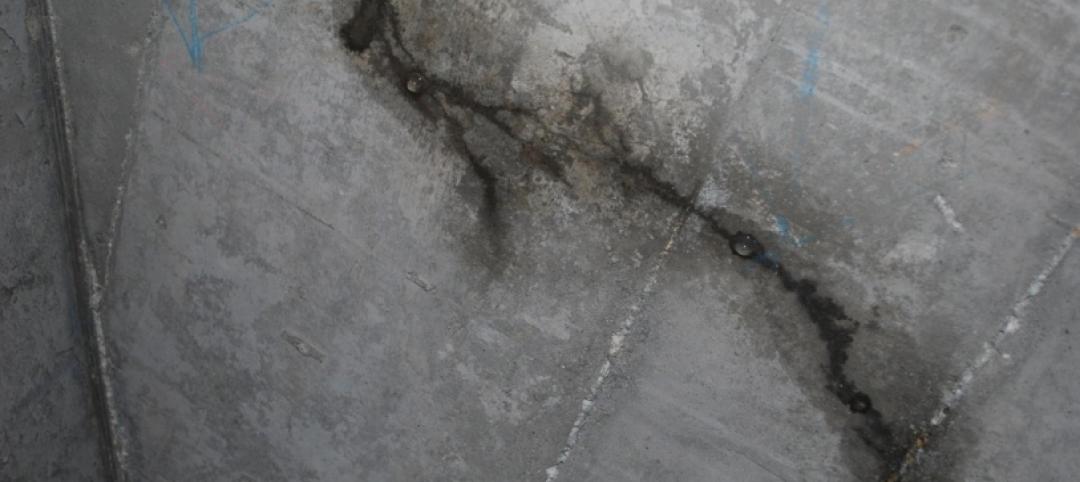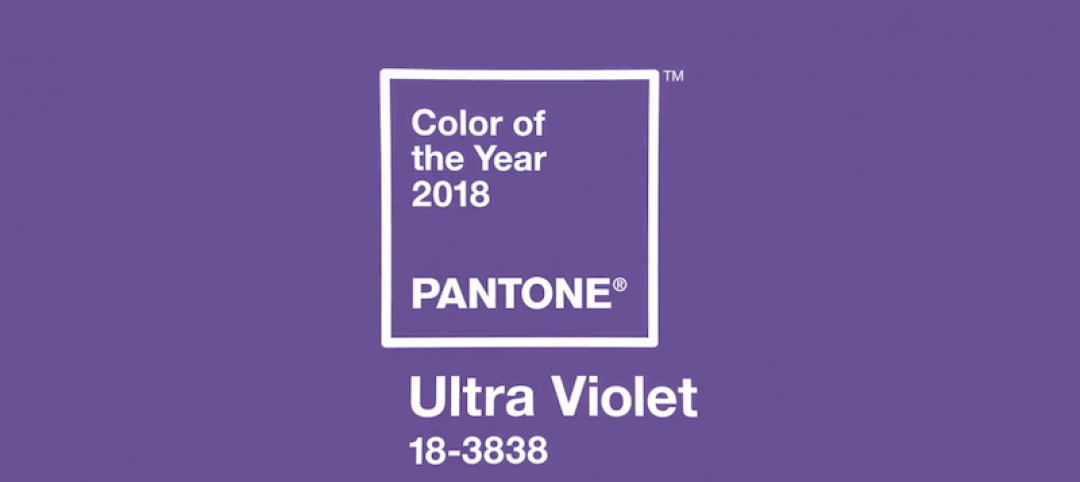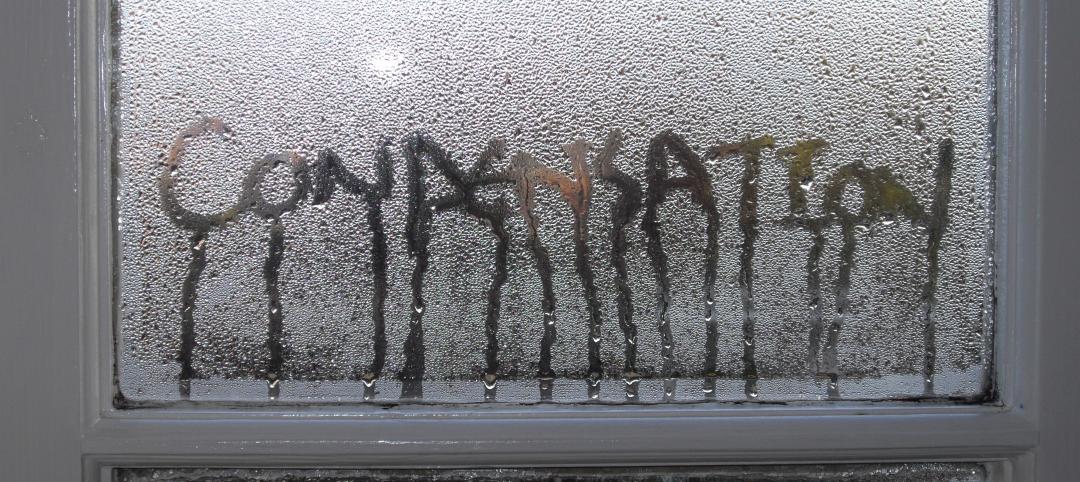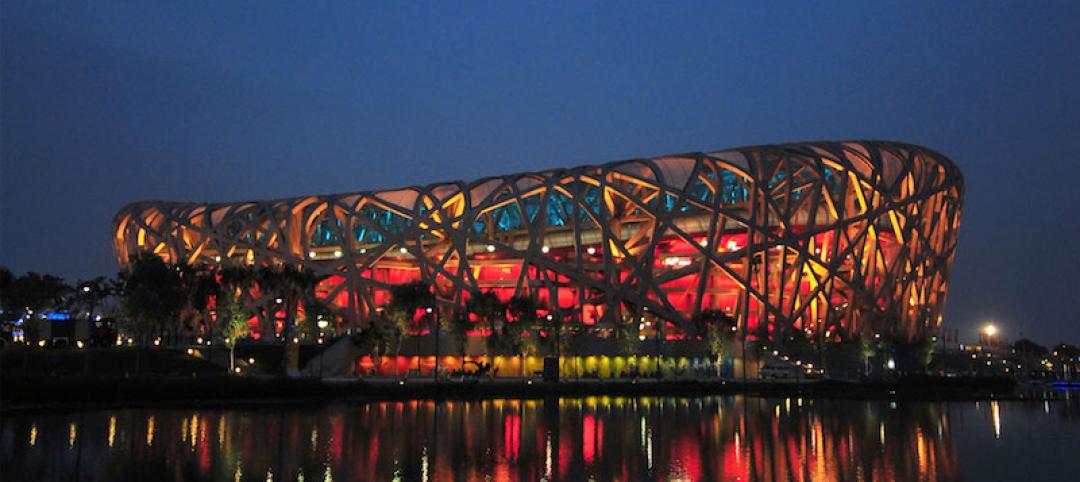Ancient Roman seawalls that have been exposed to the elements for over 2,000 years are finally beginning to reveal the secret of their longevity to researchers trying to figure out what makes them so durable. Lasting for 2,000 years in impressive enough, but even more impressive is the fact that the concrete barriers have actually strengthened over that time period.
According to Time, new research published in American Mineralogist discovered it is a mixture of volcanic ash, lime, seawater, and a mineral called aluminum tobermorite that gives the concrete its durability.
This mixture can reinforce the wall and prevent cracks from expanding. The reaction was caused by seawater continually pounding the structures for centuries, which allowed the mineral mixture of silica oxides and lime to grow between the volcanic rock aggregate and mortar to develop resistance, Time reports. This Roman concrete thrives in open chemical exchange with seawater, which is very rare on Earth.
The information gleaned from this research could prove vital in developing a more environmentally friendly, longer-lasting concrete that could be used in projects today’s concrete would be deemed unsuitable for such as sea barriers or coastal structures.
Related Stories
BD+C University Course | May 24, 2018
Accommodating movement in building envelope materials [AIA course]
We may think of the building envelope as an inanimate object, but in reality its components can be quite mobile. This AIA CES course is worth 1.0 AIA LU/HSW.
Sponsored | | Feb 28, 2018
Quality Products Needed To Meet Green Building Standards Today
Sustainable healthcare facilities will need energy-efficient building enclosures from the outset.
Sponsored | | Feb 15, 2018
Fact vs. fiction: Hotel waterproofing in coastal zones
Sign up for our free March 6 webinar on “A Project Peer Review: The Single Most Important Factor in Reducing the Risk of a Mold and Moisture Lawsuit in Your Next Project”.
Building Materials | Dec 19, 2017
‘Ultra Violet’ is Pantone’s Color of the Year 2018
The color represents a symbol of counterculture, unconventionality, and artistic brilliance, according to Pantone.
Sponsored | Building Materials | Aug 24, 2017
Controlling condensation
No matter what structural material you build with, be it steel, concrete, or wood, water is the enemy.
Sponsored | Building Materials | Aug 17, 2017
Teflon’s little brother is breathing new life into big design
Lighter than glass and 100% recyclable, one material takes center stage in the future of building.



